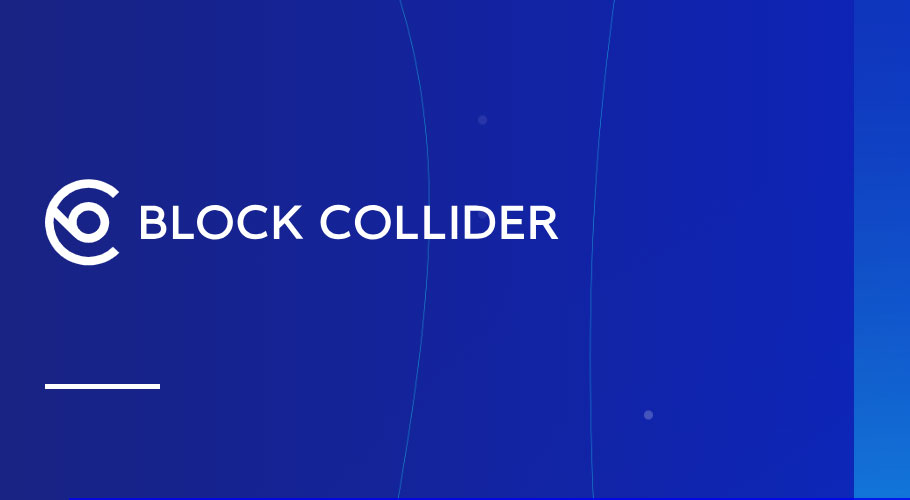Block Collider, a mineable multi-chain protocol for stable coins, decentralized exchanges, and meta contracts, has announced the launching of BORDERLESS, a decentralized, multi-chain, high-performance marketplace. It is currently in ‘Safe Mode’ for consumers with the fully unlocked version available for developers only.
The Block Collider project is similar to multi-chain projects Polkadot and Cosmos in that it allows for interoperability and communication across ‘walled garden’ blockchain networks. However, Block Collider is completely unique because it does not rely at all on ‘network validators’, unlike other interoperability protocols.
Validators introduce points of centralization in blockchain networks that create attack vectors and misaligned incentives. Binance, for example, released the details of their upcoming ‘decentralized’ exchange this month which will rely upon a total of 11 validator nodes – all controlled by Binance – for confirming transactions on the exchange. The company has since come under fire for even calling their exchange ‘decentralized’ and has gone on the defensive.
Block Collider Facts:
- Since launching their multi-chain platform in August of 2018, their network has grown a dynamic community of over 55,000 Miners in over 110 countries.
- $550 million dollars pledged, only $7 million accepted making it one of the most oversubscribed ICOs in history
BORDERLESS Features:
- First ever honestly decentralized exchange.
- Does NOT depend on validators or ‘trusted’ nodes which introduce attack vectors, centralization, and misaligned incentives into decentralized systems.
- Zero exchange fees.
- Cross-chain – Transfers between any tokens running on the participating chains. Initially; Bitcoin, Ethereum, NEO, Lisk, and Waves blockchains.
- No login or trusted entity – All local storage and P2P trading.
- Fastest confirmation times (faster Ether than ethereum)
- Most secure network by removing the weakness in brought in through central-nodes
- Like Bitcoin, once BORDERLESS is launched it will not be possible to disable it without disabling the internet itself.
